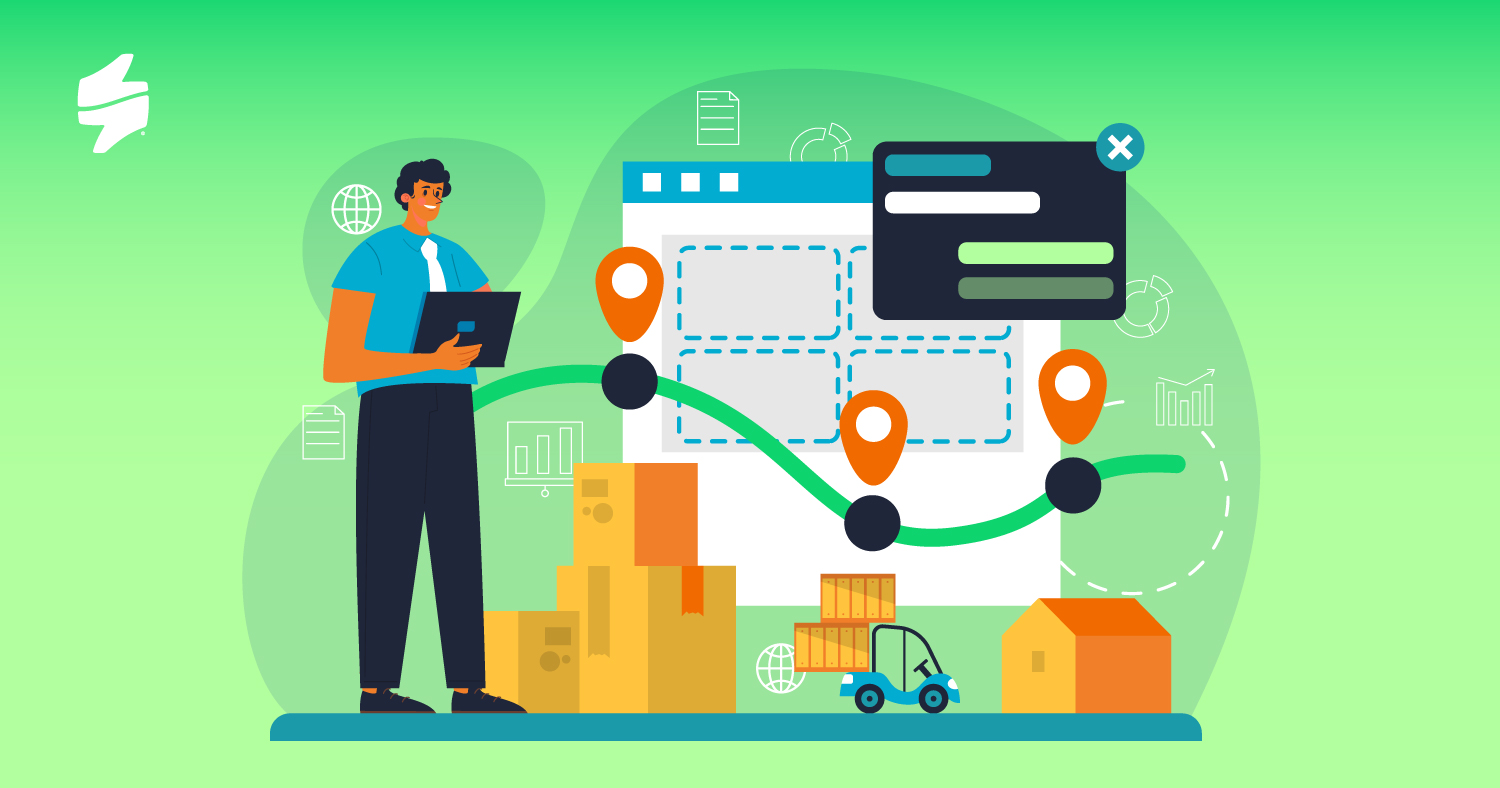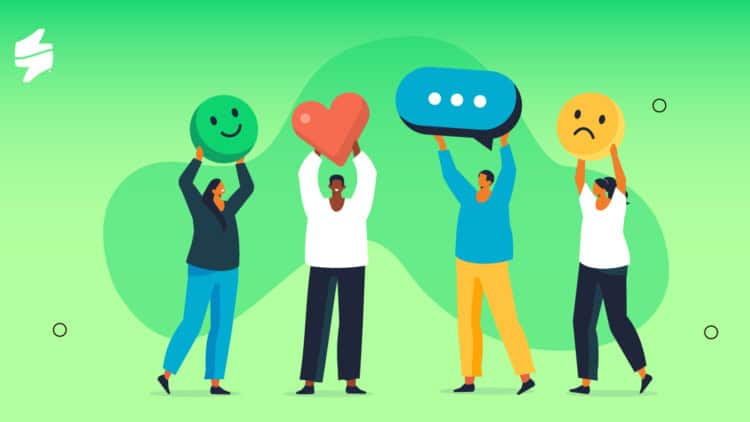A customer journey map is a visual representation of the steps a customer takes while interacting with a company, from the first contact to the final purchase and beyond. It outlines the key touchpoints that customers encounter, as well as their experiences, emotions, and needs throughout these interactions. By mapping this journey, you can gain a deeper understanding of your customers’ experiences, identify pain points, and optimise every step of the process to improve customer loyalty and satisfaction.

In this article, we’ll explore what a customer journey map is, why it’s critical for businesses, and share three customer journey map examples to help you better understand how to apply this strategy in your organisation.
What is a Customer Journey Map?
A customer journey map is much more than a simple flowchart of actions. It highlights:
- Touchpoints: Every place where a customer interacts with your brand, from website visits to in-store experiences.
- Customer actions: What actions a customer takes at each touchpoint (e.g., researching products, contacting customer service, purchasing a product)
- Customer thoughts and feelings: How the customer feels at each stage, revealing their emotional responses.
- Pain points: Moments in the journey where customers might face frustrations or challenges.
- Opportunities: Points where businesses can improve or provide more value to enhance the overall experience.
By using customer journey mapping, you can visualise the entire customer experience, making it easier to optimise each stage. Mapping the journey enables you to not only enhance customer satisfaction but also create employee engagement strategies that align with customer needs. When employees understand the customer journey, it helps them deliver better service and drives higher engagement.
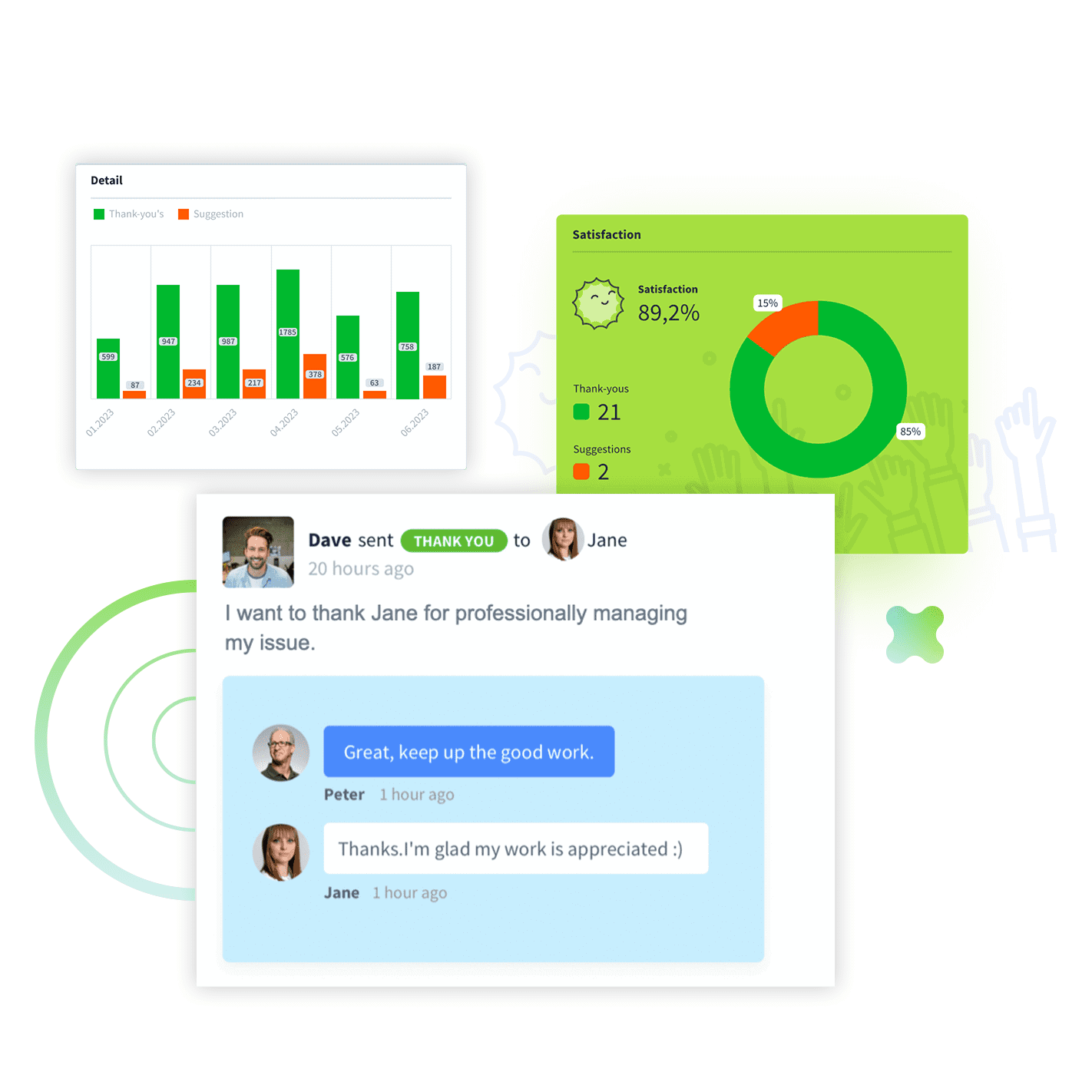
Why is Customer Journey Mapping Important?
Customer journey maps help businesses view the entire experience through the lens of the customer. By doing so, they can:
- Identify pain points: Pinpoint where customers may face challenges or drop off in the journey.
- Understand customer needs: Gain insight into the expectations and desires of customers at different stages.
- Improve customer satisfaction: Proactively address issues and enhance experiences to increase customer loyalty.
Align employee engagement strategies: Why is employee engagement important in this context? Because engaged employees who understand the customer’s journey can deliver a more empathetic and effective customer experience. This alignment strengthens overall customer satisfaction and loyalty.

Customer Journey Map Example #1: E-Commerce Purchase Journey
This simple customer journey map focuses on a typical online purchase from an e-commerce website. It highlights the key stages that customers go through, from discovering a product to receiving it at their doorstep.
Stages:
- Awareness: The customer discovers the brand via an online ad or social media post.
- Consideration: They visit the website, browse through product options, and compare prices.
- Purchase: The customer selects a product, adds it to their cart, and completes the checkout process.
- Post-purchase: After the purchase, they receive an order confirmation email and tracking information.
- Delivery: The product is delivered to their home, and they receive a follow-up email asking for feedback.
Pain Points:
– Difficult website navigation during the browsing phase.
– Complicated checkout process that could lead to abandoned carts.
– Long delivery times or lack of tracking updates, causing customer frustration.
Opportunities:
– Improve website user experience for easier browsing.
– Streamline the checkout process for faster transactions.
– Provide frequent delivery updates to enhance post-purchase satisfaction.
This customer journey example can help an e-commerce business understand where they need to improve the digital shopping experience.

Transform Your Customers' Experiences
Create a bulletproof customer journey with tailored CX products and services that will foster loyalty and reduce churn.
Customer Journey Map Example #2: Call Center Experience
What is call center experience journey like? Managing a positive call centre experience is essential for businesses in industries like telecommunications or utilities. Customers contact the call center for inquiries, service issues, or technical support. Understanding the customer journey in this context can help companies enhance their contact center customer experience.

Stages:
- Problem identification: The customer encounters an issue with their product or service and decides to contact support.
- Initial contact: The customer calls the contact center and is greeted by an automated system (IVR), which helps route their call to the appropriate department.
- Agent interaction: The customer speaks to a live agent, explaining their issue and receiving support or a resolution.
- Follow-up: If the issue is unresolved, the customer waits for a follow-up call or an email with further instructions.
- Resolution: The problem is solved, and the customer is asked for feedback on their experience.
Pain Points:
– Long wait times or complicated automated menus (IVR).
– Ineffective agent communication or lack of knowledge.
– Delays in follow-up and unresolved issues.
Opportunities:
– Reduce wait times by improving call center efficiency and staffing.
– Provide better training to agents, empowering them with knowledge and tools.
– Implement clear follow-up procedures to ensure the problem is resolved quickly.
By improving the contact center customer experience, you can reduce customer frustration and boost overall satisfaction. This customer experience mapping example is ideal for companies looking to improve their customer service operations.

Customer Journey Map Example #3: Retail Store Experience
Brick-and-mortar retail stores also benefit from customer journey mapping. This example focuses on the retail experience, from when a customer enters the store to making a purchase.
Stages:
- Store entry: The customer enters the store and is greeted by a staff member.
- Browsing: The customer browses through the store, searching for products that meet their needs.
- Product selection: They choose a product and proceed to the checkout counter.
- Checkout: The customer makes the purchase and interacts with the cashier.
- Post-purchase: After the purchase, the customer may return the item or share feedback about their experience.
Pain Points:
– Difficulty finding products or lack of assistance during the browsing phase.
– Long checkout lines or inefficient payment processes.
– Limited post-purchase support or unclear return policies.
Opportunities:
– Improve store layout for easier navigation and product discovery.
– Increase staff presence on the floor to assist customers during their shopping journey.
– Streamline the checkout process to reduce wait times and offer digital payment options.
This customer experience mapping example can help retailers optimise the in-store experience, making shopping easier and more enjoyable for customers.
How Customer Journey Mapping Benefits Employees
Effective customer journey mapping doesn’t only benefit customers—it also enhances employee engagement. Why is employee engagement important here? When employees understand the customer journey, they can provide better service and feel more connected to the company’s goals.
“Mapping journeys help employees visualise where they contribute to customer satisfaction, motivating them to deliver better experiences.”
Ján Gabauer
Expert CX Consultant, Staffino
Employee engagement strategies that align with customer journey mapping include training staff on key customer touchpoints and recognising employees for delivering exceptional customer service.
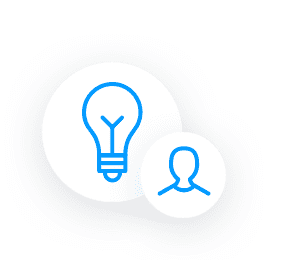
Increase Employee Engagement with Staffino
Gain valuable insights into your team's motivation, morale, and satisfaction! Our EX surveys provide you with the data you need to take the right steps to increase employee engagement and productivity.
Put These Customer Journey Mapping Examples into Practice with Staffino
Understanding your customers’ journeys is crucial to providing exceptional experiences at every stage of their interaction with your business. By using tools like customer journey maps, you can proactively address customer pain points and capitalise on opportunities for improvement. Each of the customer journey examples presented here shows how different industries can use journey mapping to improve customer satisfaction and streamline processes.
Get a First-Hand Experience Today!
Staffino is the perfect tool for creating engaging surveys, tracking performance, responding to customer feedback, and rewarding top employees. Get started today with our FREE demo!
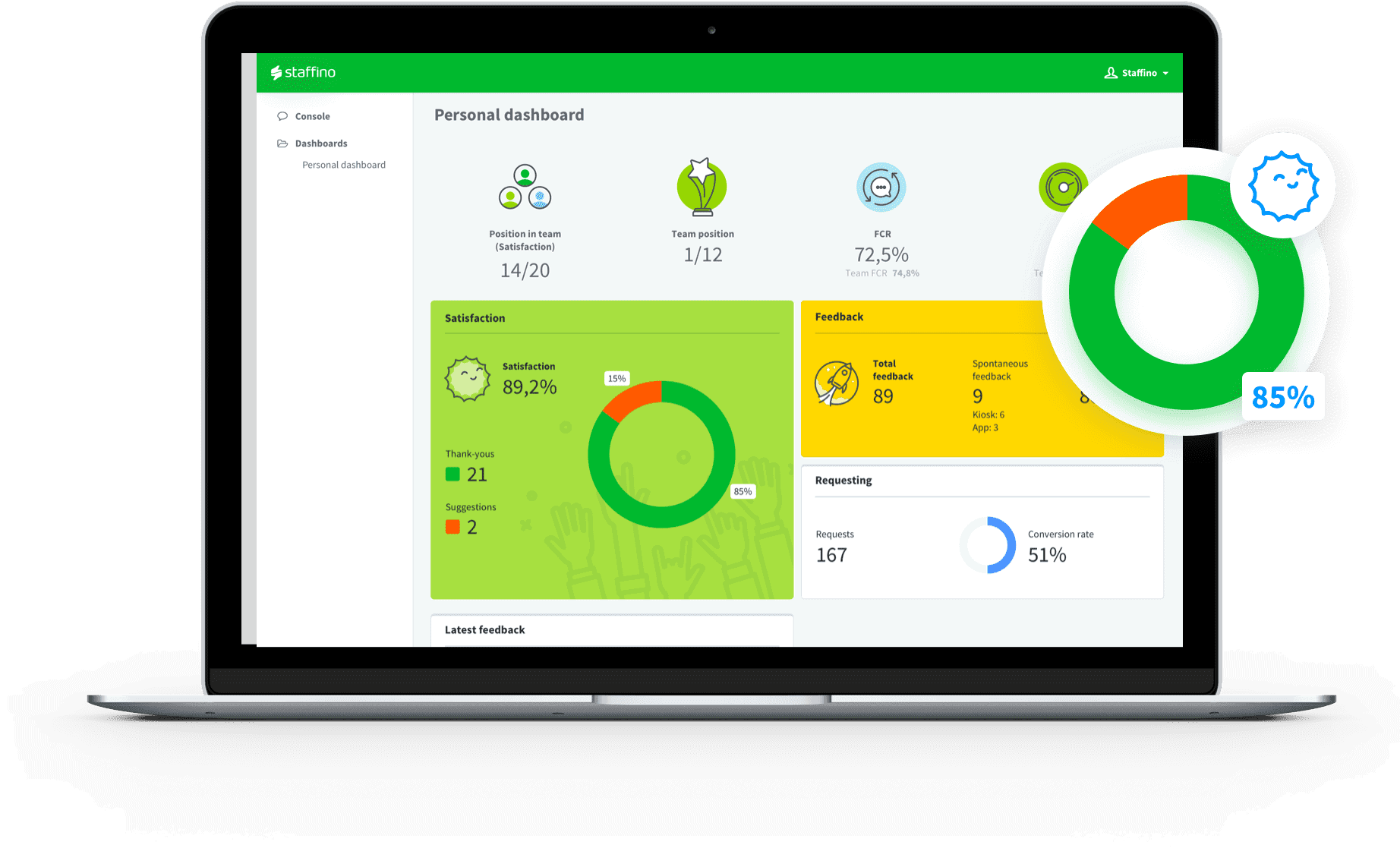
For businesses seeking an efficient way to create and optimise their customer journey maps, the Staffino CX management platform offers tailored solutions. Our CX platform provides tools to gather and analyse customer feedback at each touchpoint, ensuring that you can map out the journey and make data-driven decisions to enhance the customer experience.
With Staffino, companies can not only create customer journey maps but also close the feedback loop effectively, driving continuous improvement and maximising ROI from their CX efforts.

Get a First-Hand Experience Today!
Staffino is the perfect tool for creating engaging surveys, tracking performance, responding to customer feedback, and rewarding top employees. Get started today with our FREE demo!
